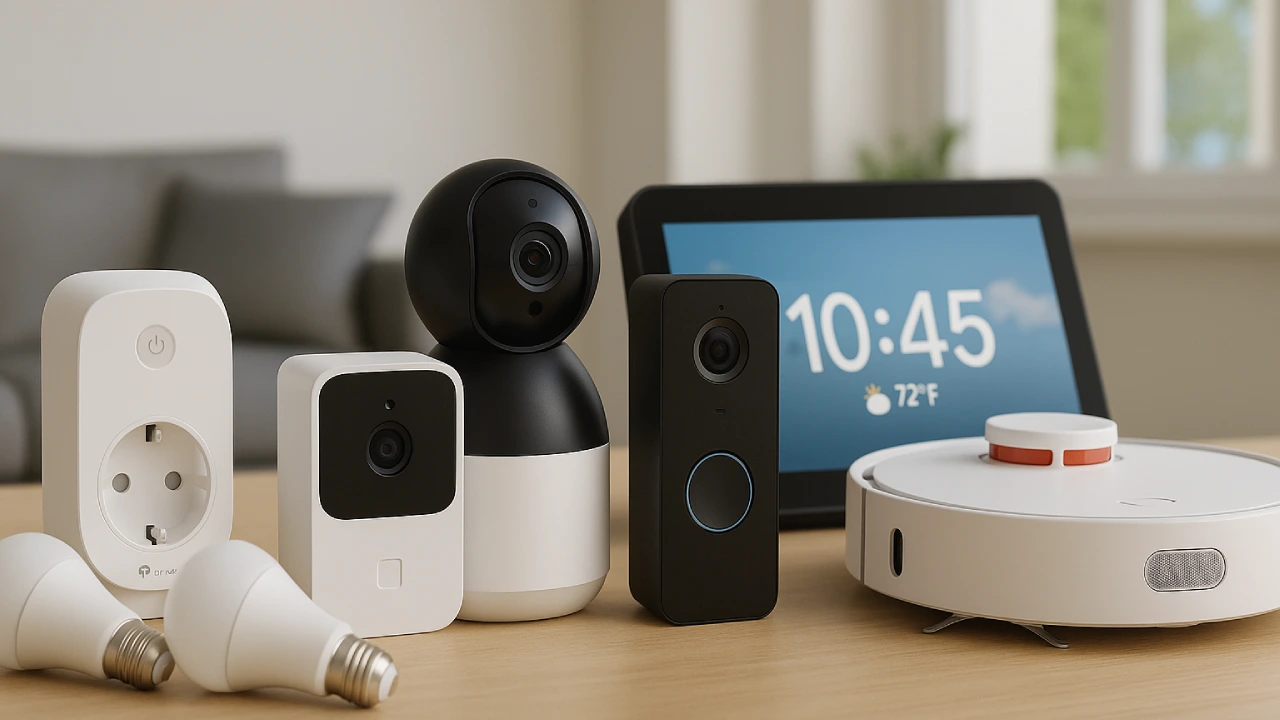Table of Contents
- Introduction
- What Are Software Defined Vehicles?
- Why 2025 Is the Turning Point for SDVs
- Key Technologies Behind SDVs
- How They’re Transforming the Driving Experience
- Benefits for Drivers and Automakers
- Challenges in the Road Ahead
- What the Future Holds
- Conclusion
1. Introduction
Remember when buying a new car meant waiting years for upgrades? Not anymore. The automotive world is shifting gears into the digital age, thanks to Software Defined Vehicles (SDVs) — cars that evolve as fast as your smartphone. In 2025, SDVs are revolutionizing the way we drive, maintain, and even think about vehicles. They bring together artificial intelligence, cloud computing, and real-time updates to create cars that are smarter, safer, and more sustainable.
2. What Are Software Defined Vehicles?
A Software Defined Vehicle is essentially a computer on wheels. Unlike traditional vehicles, where performance and features are limited by hardware, SDVs rely on software for nearly every function. From engine control to driver assistance systems, software governs it all.
Imagine getting a notification on your phone: “Your car has a new update — improved range and adaptive cruise control added.” You don’t visit a mechanic; your car just upgrades itself overnight.
Tesla pioneered this concept, but now companies like Mercedes-Benz, Ford, Hyundai, and Toyota are all building their own SDV ecosystems.
3. Why 2025 Is the Turning Point for SDVs
The year 2025 marks a tipping point because:
- 5G networks are mature, enabling real-time data communication between cars and cloud servers.
- AI chips are more powerful, allowing cars to “learn” driver preferences and traffic patterns.
- Regulatory frameworks now support autonomous features and data sharing.
- Consumers are demanding customizable experiences, not just vehicles.
These factors combine to make 2025 the first year where SDVs move from futuristic concept to mainstream reality.
4. Key Technologies Behind SDVs
The SDV ecosystem thrives on four major technologies:
- Over-the-Air (OTA) Updates – Just like smartphone software updates, these keep your car up to date with new features, safety fixes, and optimizations.
- Cloud Integration – Real-time communication between the vehicle and cloud allows performance monitoring, data analytics, and predictive maintenance.
- AI & Machine Learning – Cars adapt to driver habits, recognize faces, and personalize experiences.
- Vehicle-to-Everything (V2X) Communication – Cars talk to traffic lights, roads, and other vehicles to improve safety and efficiency.
Together, these technologies make cars dynamic, intelligent, and infinitely upgradeable.
5. How They’re Transforming the Driving Experience
With SDVs, the driving experience becomes digital, adaptive, and interactive. Here’s how:
- Personalization on demand: From seat position to climate settings, everything adapts to the driver automatically.
- Enhanced safety systems: Cameras and sensors use AI to predict accidents and apply emergency braking faster than human reflexes.
- Voice and gesture controls: Want to adjust music or navigation? Just say it — or wave your hand.
- Predictive maintenance: Your car detects performance issues before they cause breakdowns, saving time and money.
- Eco-driving assistance: Intelligent software optimizes fuel consumption or battery usage depending on driving style and terrain.
Essentially, SDVs make every journey more comfortable, efficient, and secure.
6. Benefits for Drivers and Automakers
For drivers:
- Continuous updates mean a car that stays modern for years.
- Real-time navigation and driver assistance reduce stress on long commutes.
- Enhanced connectivity offers seamless integration with mobile apps, wearables, and even smart homes.
For automakers:
- Software platforms unlock new revenue streams through subscriptions — like enhanced navigation or advanced safety features.
- Real-time data helps improve vehicle designs faster and more accurately.
- Maintenance becomes digital, reducing dealership dependency.
7. Challenges in the Road Ahead
While the advantages are exciting, SDVs also bring some challenges:
- Cybersecurity risks: Cars connected to the internet are vulnerable to hacking. Automakers now invest heavily in encrypted systems and AI-based threat detection.
- Data privacy: With so much data being collected, consumer trust is essential. Transparency about data use will make or break adoption.
- Standardization: Different brands use different software frameworks, creating compatibility issues in connected ecosystems.
- High development costs: Software development and cloud integration add billions to R&D budgets.
Despite these issues, the momentum behind SDVs continues to accelerate.
8. What the Future Holds
By 2030, experts predict that 70% of new vehicles will be software-defined. Cars will function more like digital platforms, with app stores offering everything from safety upgrades to entertainment options. In fact, the line between car ownership and software subscription might soon blur — where your car is essentially “alive,” learning and improving every day.
9. Conclusion
The Software Defined Vehicle is not just a technological milestone — it’s a cultural shift in how we relate to our cars. No longer static machines, vehicles in 2025 are evolving digital companions that grow smarter with time. From safety to personalization, every drive becomes more intuitive, efficient, and connected.







